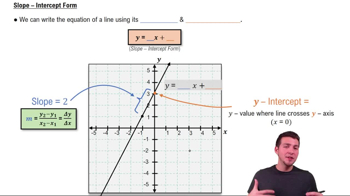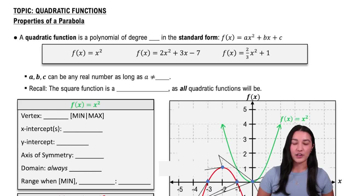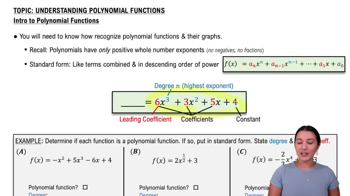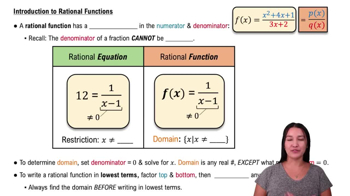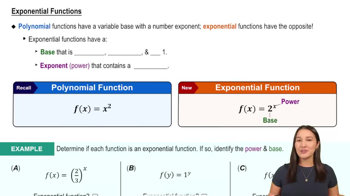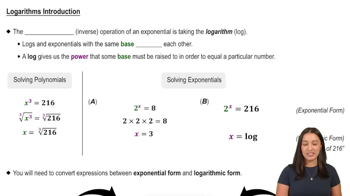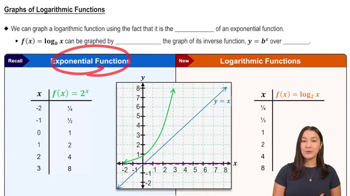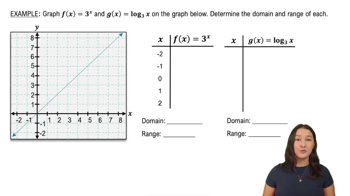Table of contents
- 0. Functions7h 52m
- Introduction to Functions16m
- Piecewise Functions10m
- Properties of Functions9m
- Common Functions1h 8m
- Transformations5m
- Combining Functions27m
- Exponent rules32m
- Exponential Functions28m
- Logarithmic Functions24m
- Properties of Logarithms34m
- Exponential & Logarithmic Equations35m
- Introduction to Trigonometric Functions38m
- Graphs of Trigonometric Functions44m
- Trigonometric Identities47m
- Inverse Trigonometric Functions48m
- 1. Limits and Continuity2h 2m
- 2. Intro to Derivatives1h 33m
- 3. Techniques of Differentiation3h 18m
- 4. Applications of Derivatives2h 38m
- 5. Graphical Applications of Derivatives6h 2m
- 6. Derivatives of Inverse, Exponential, & Logarithmic Functions2h 37m
- 7. Antiderivatives & Indefinite Integrals1h 26m
- 8. Definite Integrals4h 44m
- 9. Graphical Applications of Integrals2h 27m
- 10. Physics Applications of Integrals 3h 16m
- 11. Integrals of Inverse, Exponential, & Logarithmic Functions2h 34m
0. Functions
Common Functions
Struggling with Calculus?
Join thousands of students who trust us to help them ace their exams!Watch the first videoMultiple Choice
Find the domain of the rational function. Then, write it in lowest terms.
f(x)=x−3x2+9
A
{x∣x≠0}, f(x)=x−31
B
{x∣x≠3}, f(x)=x−3x2+9
C
{x∣x≠−3}, f(x)=x−3x2+9
D
{x∣x≠3}, f(x)=x+3
 Verified step by step guidance
Verified step by step guidance1
First, identify the rational function given: \( f(x) = \frac{x^2 + 9}{x - 3} \). A rational function is a fraction where both the numerator and the denominator are polynomials.
To find the domain of the function, determine the values of \( x \) that make the denominator zero, as these values are not allowed in the domain. Set the denominator equal to zero: \( x - 3 = 0 \). Solving this equation gives \( x = 3 \). Therefore, the domain of \( f(x) \) is all real numbers except \( x = 3 \), which can be written as \( \{ x \mid x \neq 3 \} \).
Next, simplify the rational function if possible. Check if the numerator \( x^2 + 9 \) can be factored or simplified in a way that might cancel with the denominator. In this case, \( x^2 + 9 \) does not factor in a way that cancels with \( x - 3 \), so the function remains \( f(x) = \frac{x^2 + 9}{x - 3} \).
Consider if there are any common factors between the numerator and the denominator. Since there are no common factors, the function is already in its lowest terms.
Finally, verify the simplified function and domain. The function \( f(x) = \frac{x^2 + 9}{x - 3} \) is in its lowest terms, and the domain is \( \{ x \mid x \neq 3 \} \).

 5:57m
5:57mWatch next
Master Graphs of Common Functions with a bite sized video explanation from Patrick
Start learningRelated Videos
Related Practice



